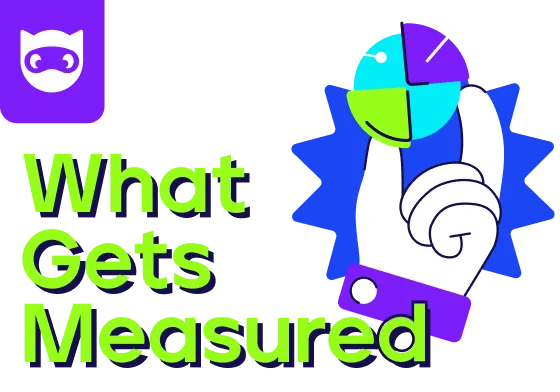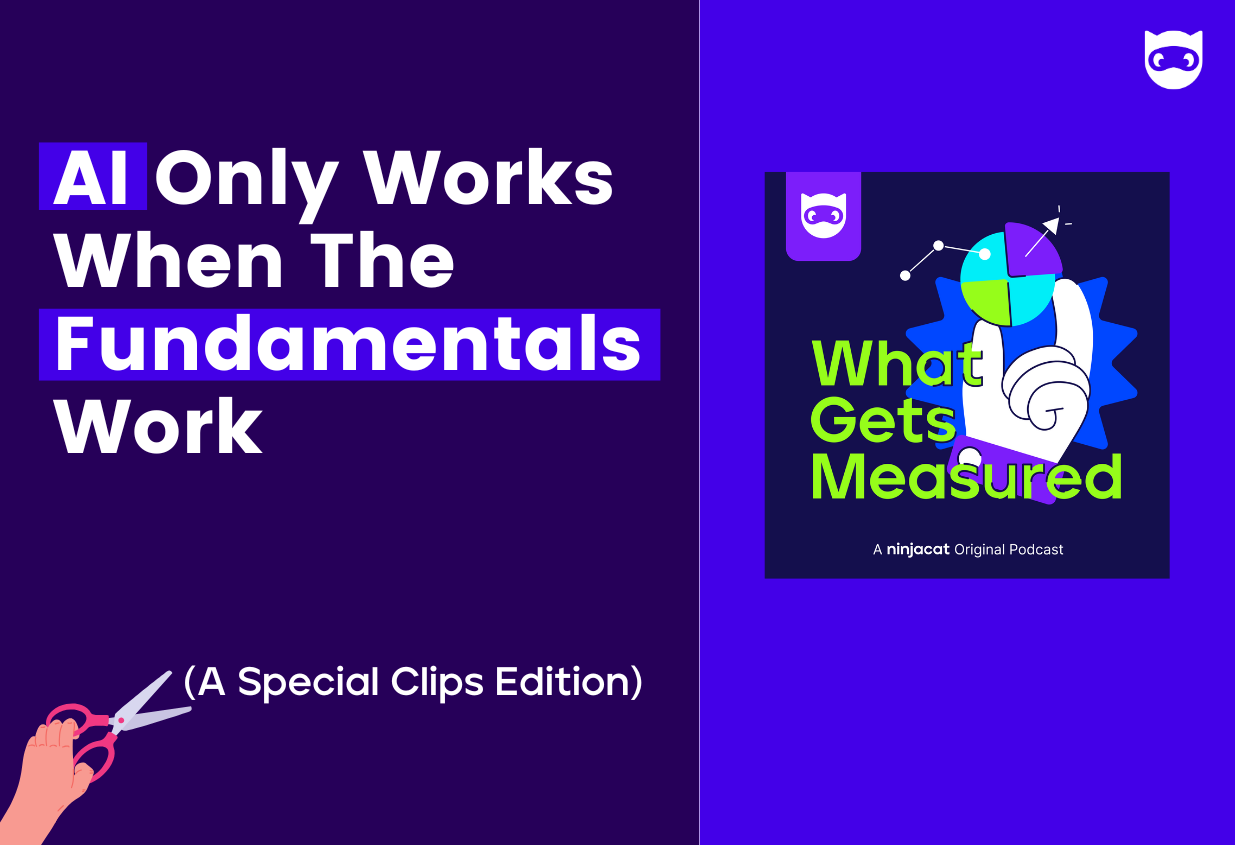Branding and Creativity in Advertising

The Guest
Nick Ellis is creative partner and founder at Halo, an ad agency working out of Bristol, that shapes brands that matter to people, demand attention, change behavior, and change the game. He’s worked with local UK brands and larger labels like Ticketmaster, Bacardi, and Budweiser, and today he’s on the podcast to talk about branding and creativity in advertising.
The Interview
Our conversation with Nick begins with a question about how to define the term “branding,” which sparks off a flaming pile of insights from his 20+ year career in advertising.
“No one really knows how to describe a brand at all,” says Nick. “20 years ago, front of mind recall was the initial goal of branding, and now it seems this simple definition isn’t good enough, and we’re all just saying the same thing with different words.”
Many people think branding stops at a logo, but Nick views logos as shortcuts that pull forward associations.
“Logos and packaging are just distinctive assets. A brand is a collection of perceptions in the mind of the audience. A brand is created through shared meaning. Businesses can’t look at a brand and say ‘this is what we think it is,’ it’s what the audience thinks. Jeff Bezos had it right with his quote, ‘a brand is what people say about you when you’re not in the room,’ and he was spot on.”
Nick goes on to describe how UK planning legend Stephen King (not the horror author) described branding very simply in the 70s, and that that definition is still the best version that exists.
“King said the most important thing you can do, in regards to branding, is consider the shared meaning of your service or product, and encourage the audience to share in that meaning.”
Pivoting the conversation to the role of advertising in building a brand, Nick’s thoughts are quite clear.
“Advertising is essential if you want to build a brand,” explains Nick, “because you want to move your brand from a long consideration list, to a short one.”
Nick extols Google’s Hub/Hygiene/Hero model of advertising as a nice way to package the perception of how ads can function at different points along the customer journey.
“The Hero idea is the single proposition that creates memorability, Hub refers to the more definition-based, unique selling propositions, and the Hygiene aspect of this approach deals with the way you strategically apply the tactics.”
Moving on to discuss how creativity functions within an ad agency, Nick also has plenty to say.
“With our creative team, the best way to keep the fire burning is to give it space. A really tight objective brief helps, but a tight creative brief doesn’t help the agency come up with remarkable ideas. The best thing to do is give the creatives freedom and permission to challenge a brief and rethink it.”
Nick believes that there are no bad ideas in advertising, and that ideas come from anywhere. He also believes the account managers and client partners are essential roles in generating creative ideas, establishing native relationships that can really help surface creative concepts that align with a brand.
We finish the interview with a chat about the role of data and analytics in agencies, and here again, Nick drops some thoughtful gems on the audience.
“Data is super important in our work as a creative agency,” says Nick, “measuring and learning about performance can only help. The problem with data is when people try to find creative or strategic ideas from the data alone, which is why I believe that the hypothesis needs to come first, not the analytics.”
Nick then goes on to explain that agencies and marketers should look at data the same way historians do, generating a hypothesis about data first, then parsing through the metrics to disprove the theory, not the inverse of seeking out confirmation.
“Look for the data holes, look for the analytics that aren’t there. Data might expose behaviors in a category, but you need to think about the context and the culture of a category first. The wealth of information from data makes it easier to build a case and underpin something, rather than finding a fresh perspective or properly identifying the barriers and behaviors that are at work.”
The Links
Hero/Hub/Hygiene Advertising Strategy
What is a Brand? Discussion between Stephen King and Jeremy Bullmore at J. Walter Thompson, 1974
“Asking For Trouble” by Jon Cohen
LISTEN TO THE FULL SHOW -> Stay tuned, stay curious and subscribe to What Gets Measured on Apple Podcasts, Spotify, YouTube or add it as a Favorite on your podcast player of choice.




.png)
